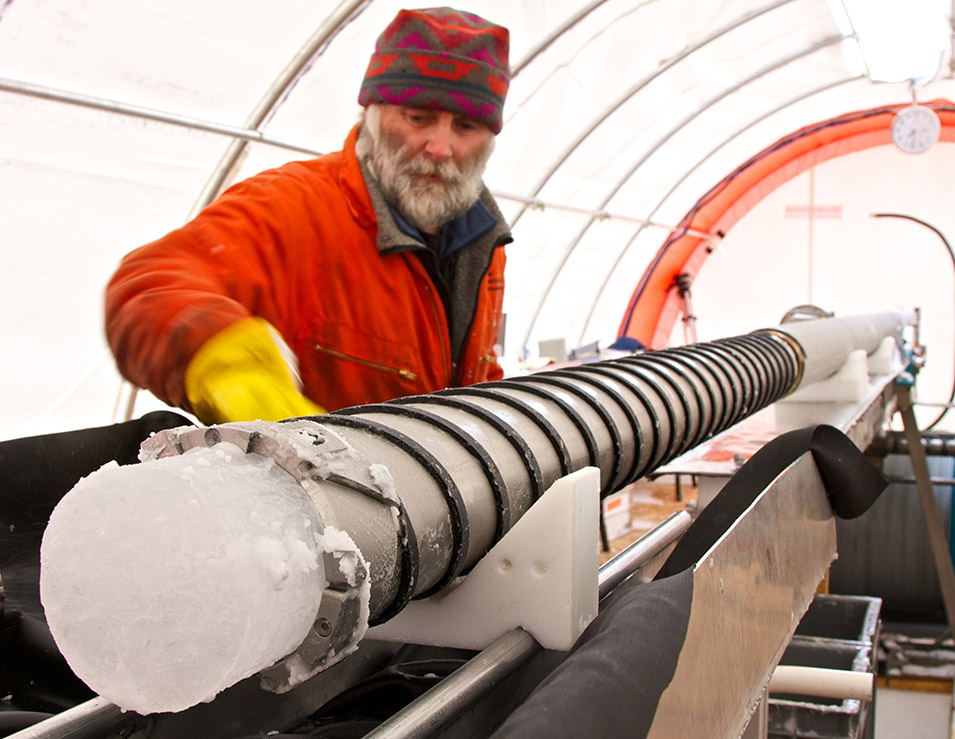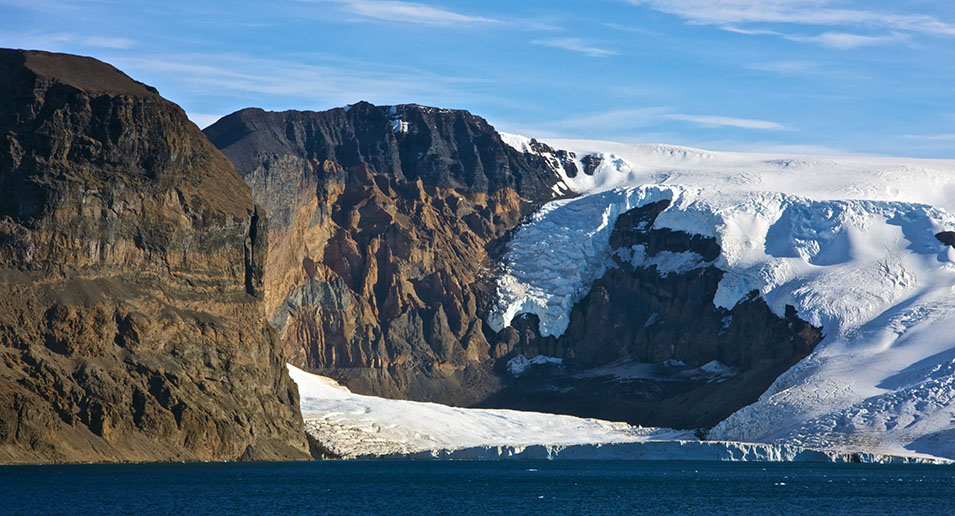
New York Times reporting by Katherine Kornei
When it comes to records of human history, do not overlook Earth’s only uninhabited continent.
Researchers recently found soot preserved in Antarctic ice that they have linked to fires set in New Zealand by Māori settlers, the islands’ first human inhabitants. Finding evidence of conflagrations thousands of miles away is a dramatic example of early humanity’s environmental impact, the team suggests.
These results were published Wednesday in Nature.
Since the 1960s, researchers have been extracting long cores of ice from Antarctica, Greenland and other snowy locales. Ice cores, which are made up of layers of snow that accumulated annually and were compressed over time, consist of more than just ice, however. They can also contain particulate matter such as soot and volcanic ash that was once airborne.
“Ice cores are actually telling you what fell out of the sky,” said Joseph McConnell, an environmental scientist at the Desert Research Institute in Reno, Nevada.
By studying particulate matter in ice cores, scientists can pinpoint past events such as major fires, volcanic eruptions and even industrial smelting.
In 2008, McConnell and his colleagues began analyzing six ice cores drilled in Antarctica. Working with roughly 3-foot-long sections of ice at a time, the team melted each one and fed the resulting liquid into an instrument that turned it into aerosols. The researchers then passed those aerosol particles through a laser that caused any soot present to heat up and glow.
“We measure that incandescence,” McConnell said.
Using this technique, the researchers calculated the rate at which soot particles had fallen over Antarctica over the past two millenniums. They found that four of the ice cores, all collected from continental Antarctica, exhibited roughly constant rates over time. But two other ice cores, both collected from James Ross Island on the northern Antarctic Peninsula, exhibited a roughly threefold uptick in soot beginning in the late 13th century.
That discrepancy was baffling. “What was different about the northern Antarctic Peninsula?” McConnell said.

The team turned to atmospheric modeling to investigate the mystery. The soot that ultimately settled on James Ross Island could have only come from a few locations, the researchers found. “Because of atmospheric circulation, New Zealand, Tasmania and Southern Patagonia fit the bill,” McConnell said.
To home in on the most likely source, the researchers analyzed published records of charcoal found in each of the three places. Charcoal reveals that woody material was burned nearby, and changes in its abundance over time can be traced, just like soot records in ice.
Only New Zealand exhibited a pronounced uptick in charcoal abundance at the end of the 13th century, consistent with the ice core records from the northern Antarctic Peninsula.
“We see this big peak, which we call the initial burning period, around 700 years ago,” said Dave McWethy, an ecologist at Montana State University who studies charcoal in New Zealand and a co-author of the study.
But finding signatures of those fires thousands of miles away in Antarctica was a big surprise, McWethy said. “No one knew that it could travel that far and actually be recorded in ice cores.”
The increase in fire activity in New Zealand at the end of the 13th century is most likely linked to the arrival of Māori, researchers have proposed. Like other Indigenous groups, Māori used fire to make their environment more habitable, said McWethy. “Fire is an amazing tool for peoples around the world.”
Over 90% of New Zealand was forested when Māori settlers arrived, and burning parts of the landscape would have facilitated travel through the dense forest, McWethy said. “It’s pretty impenetrable.”
Fire would also have been important for clearing land to grow crops such as taro, yam and kūmara, said Kelly Tikao, a researcher of Māori traditions at the University of Canterbury in New Zealand who is of Ngāi Tahu, Ngāti Māmoe and Waitaha ancestry, who was not involved in the research. Besides enabling agriculture, burning parts of the landscape would have promoted the growth of wild but edible plants such as bracken fern that thrive after fires, Tikao said.
The Māori used fire deliberately, but there was never an intent that it destroy their landscape, Tikao added.
“Our very philosophy of who we are is based on the elements of the Earth, fire being one of them,” she said. “When you believe the land is yourself, the last thing you want to do is kill it.”
This article originally appeared in The New York Times.
c.2021 The New York Times Company



